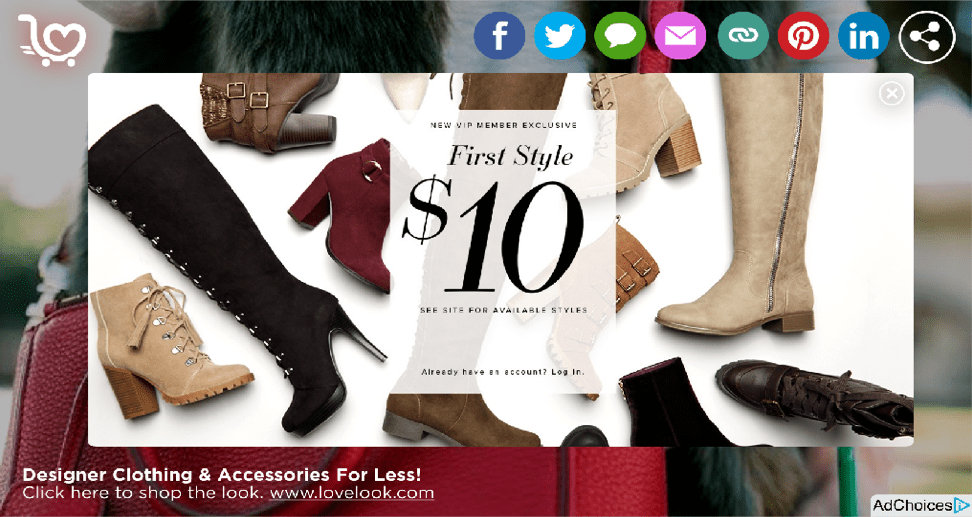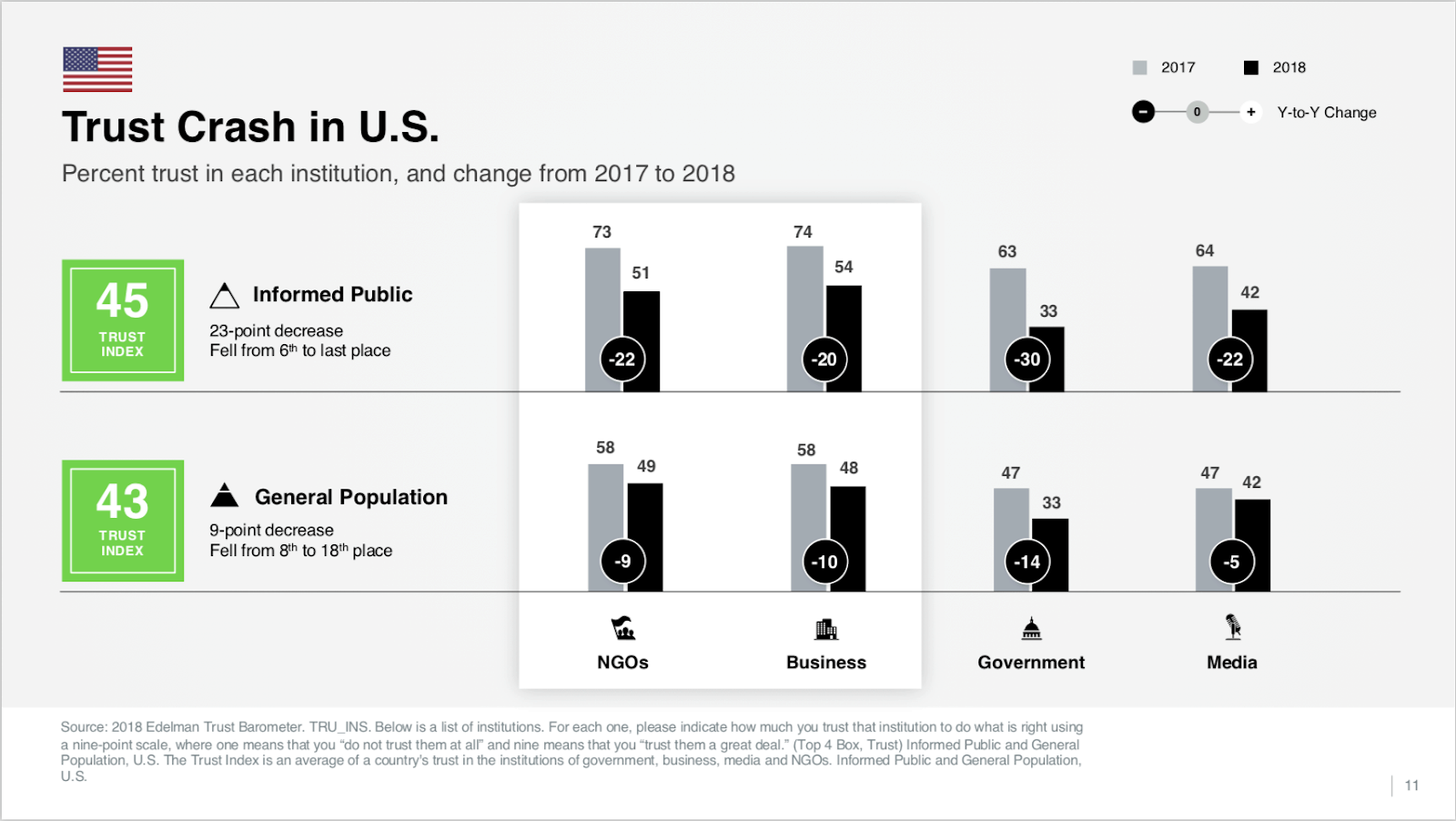Personalization, Data Privacy, and Transparency
Not your father’s advertising
Digital has afforded brands opportunities far beyond those of traditional advertising. Through digital, brands are able to leverage consumer data to create personalized ad experiences that can—when used properly—drive deeper connections between brands and consumers, ultimately leading to increased consumer loyalty and sales. In light of recent scandals however, consumers have understandably become wary of how digital publishers and advertisers are using their data. And if that trend continues, it will be much harder for advertisers to gain access to the insights they need to create effective ad experiences.
Data and Goliath
In March 2018, investigative findings revealed that Cambridge Analytica—a UK based data firm—improperly obtained the data of 87 million Facebook users. Cambridge Analytica, which worked for Donald Trump during the 2016 election cycle, used the data to create voter profiles. According to The New York Times, the company was tasked with performing a number of services for the Trump campaign, which included “designing target audiences for digital ads and fund-raising appeals, modeling voter turnout, buying $5 million in television ads and determining where Mr. Trump should travel to best drum up support.”
Mark Zuckerberg was later called to testify in front of congress on the data breach, at which time three things became very clear:
- Consumers—including our leaders in congress—are unclear as to why and how consumer data is collected and used (watch this short clip to see what I mean), and they’re worried.
- Consumers want, and have the right to, transparency and data privacy.
- The advertising industry needs to take data privacy seriously.
You can trust me, I swear
It’s worth repeating—consumers want transparency into how their personal data is being used across channels. Unfortunately they don’t trust that brands are being transparent. According to Edelman’s 2018 Trust Barometer, the US saw a drastic decrease in trust for businesses and the media—a 10 and five point drop from 2017—putting brand trust at an all-time low.
Between a rock and a hard place
Creating connections between brands and consumers is critical to business success, and consumer data is paramount in creating those B2C relationships—unfortunately it’s the application of that very data that is causing consumers to pull away. The current climate is pushing brands to work twice as hard, not only to create deep consumer connections, but to build (and in some cases rebuild) trust in order to maintain favorability.
Here are three strategies brands can take toward repairing consumer trust:
1 – Be Transparent
Tod Loofbourrow, ViralGains CEO, suggests that every marketer ask the following question: Who gave you permission to access the data you’re using? The answer should be: The consumer. By keeping this in mind, brands can ensure they’re sourcing consumer data in an ethical manner by gaining consumer buy-in prior to targeting them with ads.
Moreover, it’s important that company privacy policies are written in plain, digestible English. An average consumer should understand how their data is being used without confusion or doubt.
Brands should work to forge partnerships with agencies and ad-tech vendors that value data privacy and transparency in similar ways. Doing so supports a clean and trustworthy digital ecosystem.
2 – Listen More
ViralGains gives consumers the power to tell brands what they want and how they feel. With our Engagement Experiences, brands can engage consumers in two-way conversations where they let brands know what they’re interested in (or not), and brands can respond by delivering future messaging based on those declared consumer preferences.
This type of experience puts the consumer in the driver’s seat, and helps to deliver information they welcome instead of ads they want to block.

3 – Give a little, take a little
The next time your brand is looking to collect consumer information, consider giving the consumer something in return.
A CPG brand may want to expand their database by collecting consumer emails. Instead of simply asking a consumer to fill out a form, the brand can drive traffic to a product landing page using a Traffic Driver Engagement Card. The landing page can solicit consumer information in exchange for a discount code or exclusive offer. With this strategy, the brand is able to establish a mutually beneficial relationship with their consumer.

One small step
Cutting through the noise in today’s saturated advertising landscape is difficult, but personalization can really help. Although consumers may express distrust in how their data is being utilized, taking steps toward data transparency, no matter how small, can help repair that trust in a way that sets both brands and their audiences up for a brighter digital future.
Want to learn more about how ViralGains can help your brand create transparent and effective video ad campaigns? Request a demo with one of our experts today.




